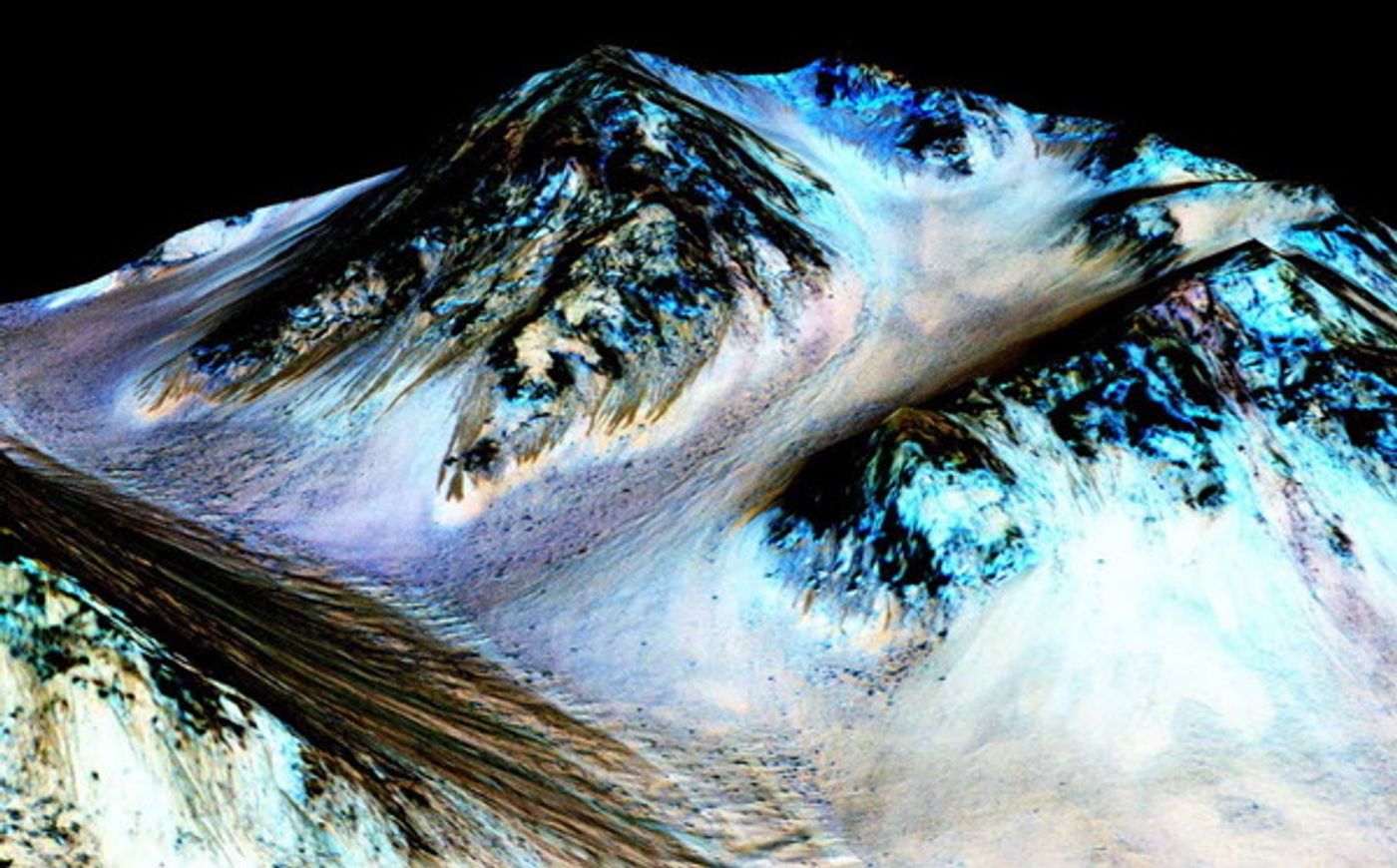Water On Mars: Some Lakes Formed Later Than Originally Thought Possible
It is understood that Mars was probably once a water hole with tons of rivers and streams of running water, but after its atmosphere thinned out and its magnetic field weakened, there wasn’t much protection anymore to keep the Sun’s wrath from eventually drying the planet out.

Image Credit: NASA/JPL/University of Arizona
On the other hand, despite the times when Mars was probably a wet place, astronomers are now stumped to find evidence that there was running liquid water on the planet much later than originally thought possible. In fact, it was there perhaps up to 1 billion years following the mass dry out of the planet.
Scientists came to this conclusion after studying data collected by the Context Camera and High Resolution Imaging Science Experiment camera on NASA’s Mars Reconnaissance Orbiter. Of course, just to keep things consistent, they also used data collected by NASA’s Mars Global Surveyor and the European Space Agency’s Mars Express.
The researchers’ findings are published in the Journal of Geophysical Research, Planets.
With all of this technology at their disposal, and tons of data to look at, they had found traces of valleys that likely allowed flowing water to travel, as well as evidence of over-flowing.
"We discovered valleys that carried water into lake basins," said Sharon Wilson of the Smithsonian Institution, Washington, and the University of Virginia, Charlottesville. "Several lake basins filled and overflowed, indicating there was a considerable amount of water on the landscape during this time."
"One of the lakes in this region was comparable in volume to Lake Tahoe," Wilson continued. "This particular Martian lake was fed by an inlet valley on its southern edge and overflowed along its northern margin, carrying water downstream into a very large, water-filled basin we nicknamed 'Heart Lake.'"
Making the discovery even more awe-inspiring, the team also found that some of the bodies of water may have even dwarfed some of North America’s Great Lakes in size. Up to 670 cubic miles of water may have existed inside of Mars’ Heart Lake at one point in the red planet’s history.
This kind of stuff is important to wrap our minds around because it offers a viewing window into Mars’ past that could help us understand how the planet went from being almost as wet as Earth to becoming a very arid place.
Water is one of the essential building-blocks of life, and as a result, it's one of the first things we look for when we're searching for other life forms in our Solar System.
Source: NASA








